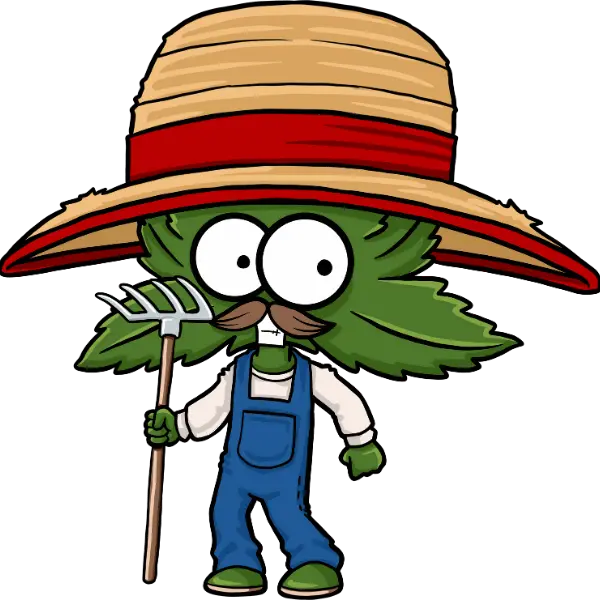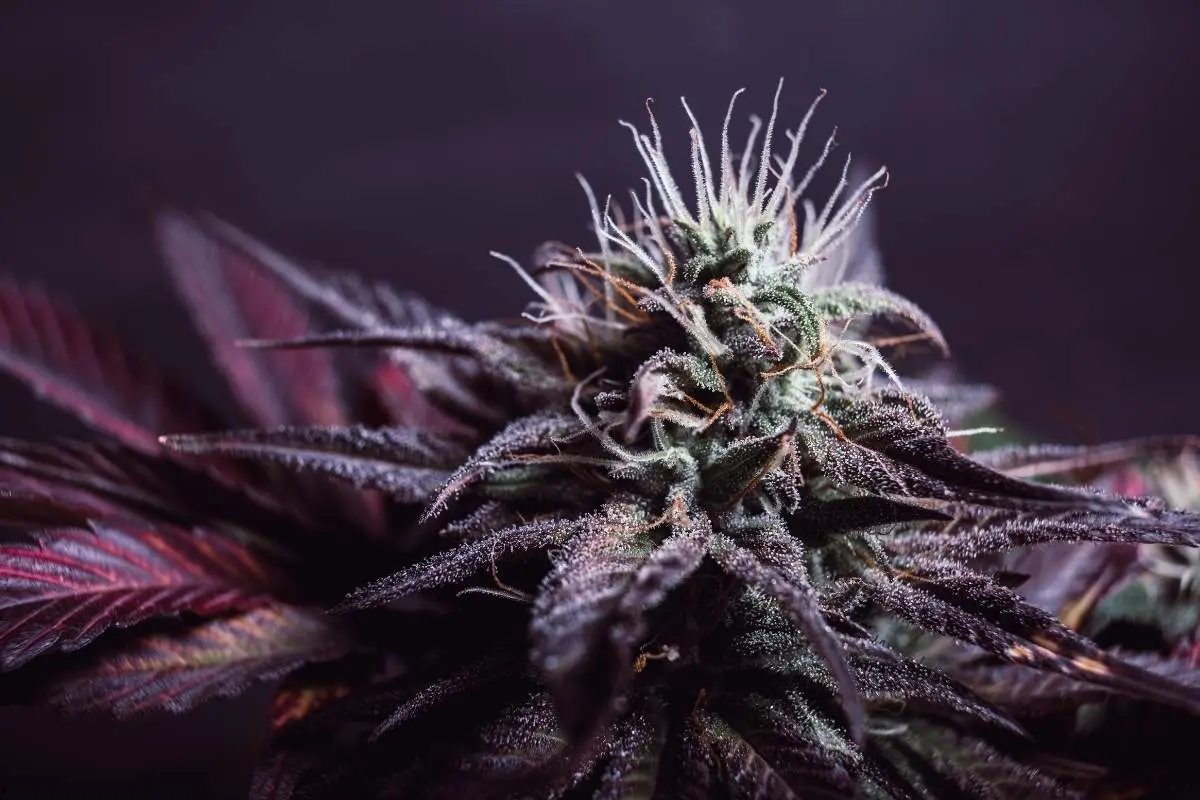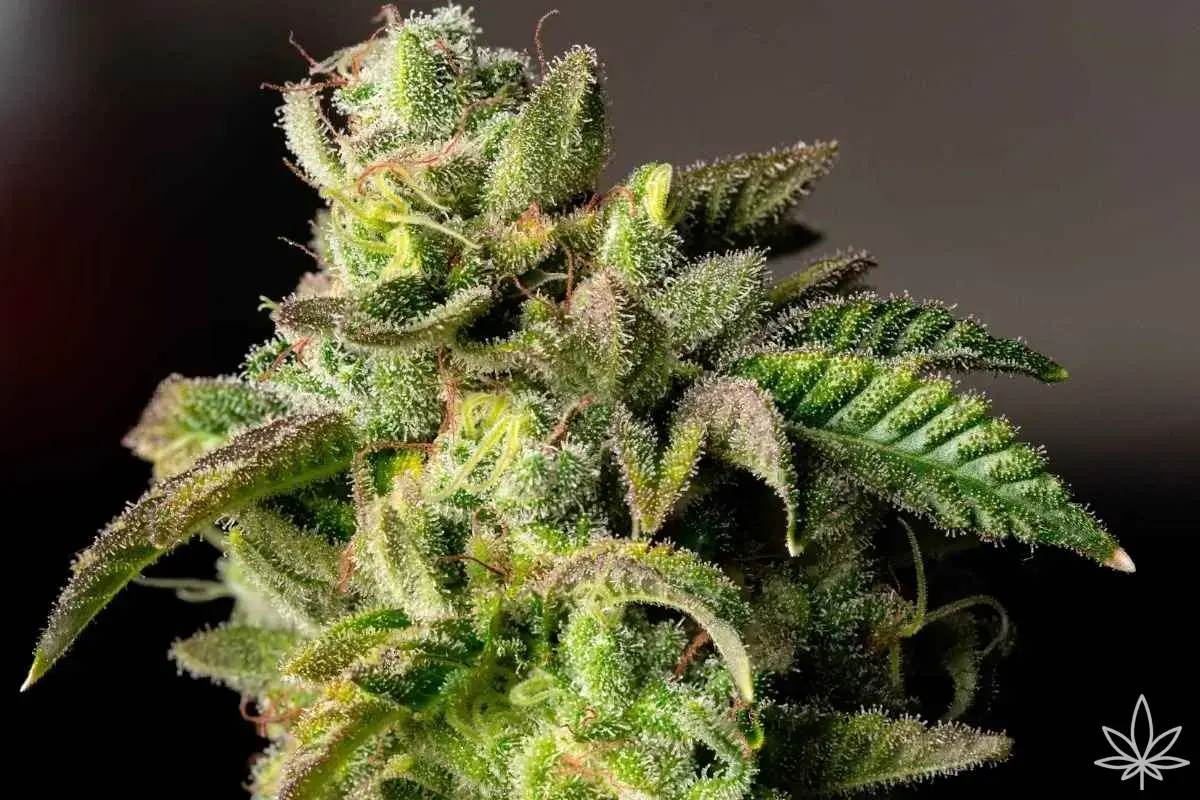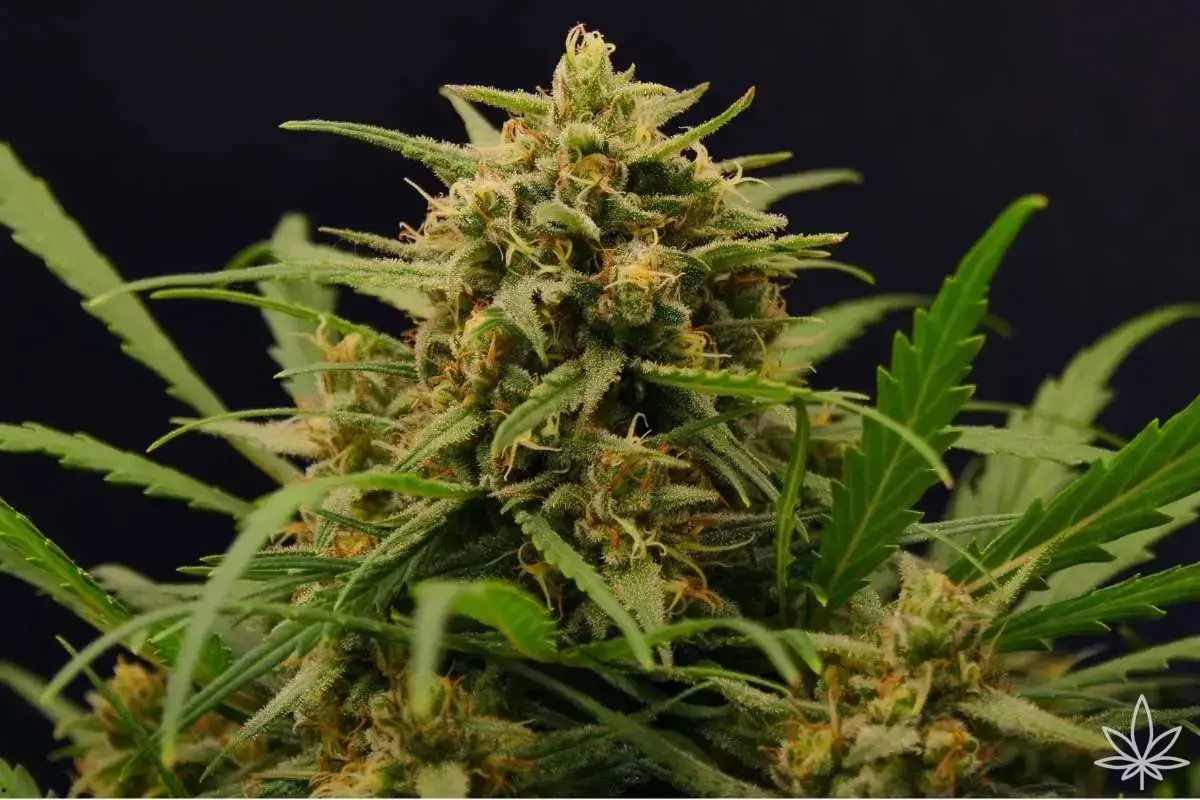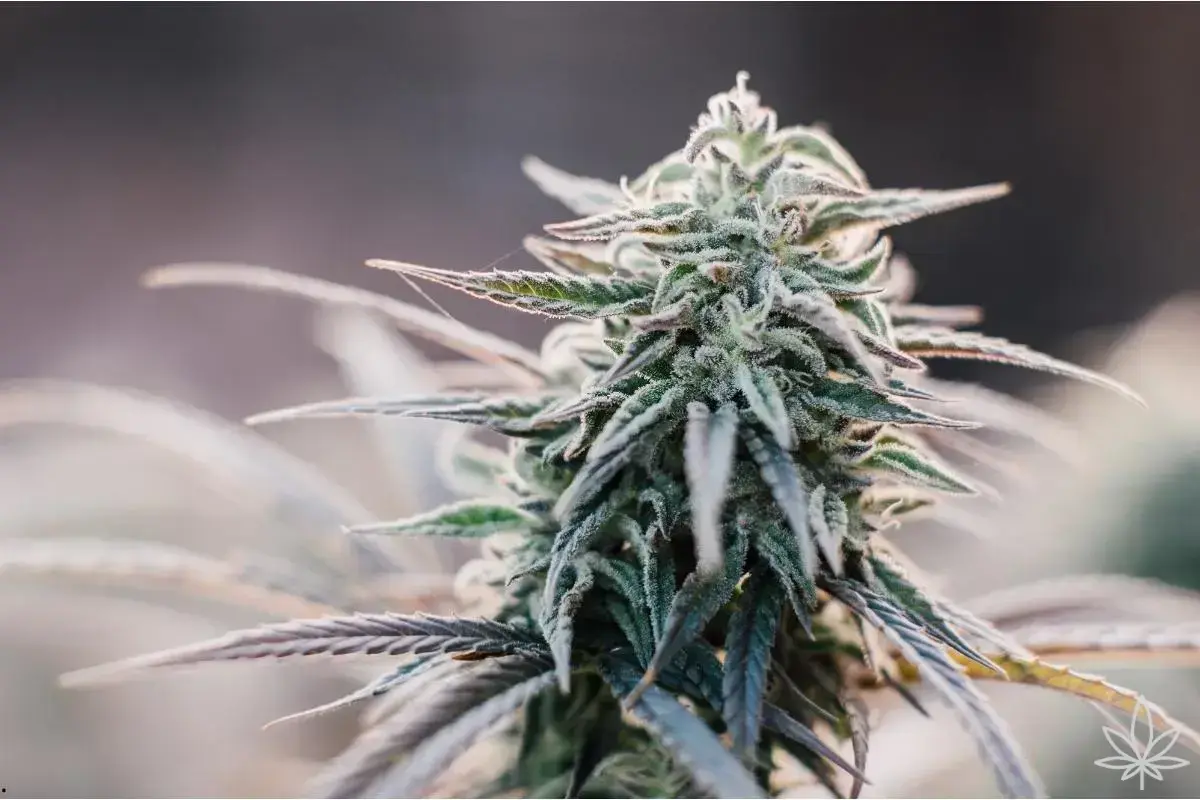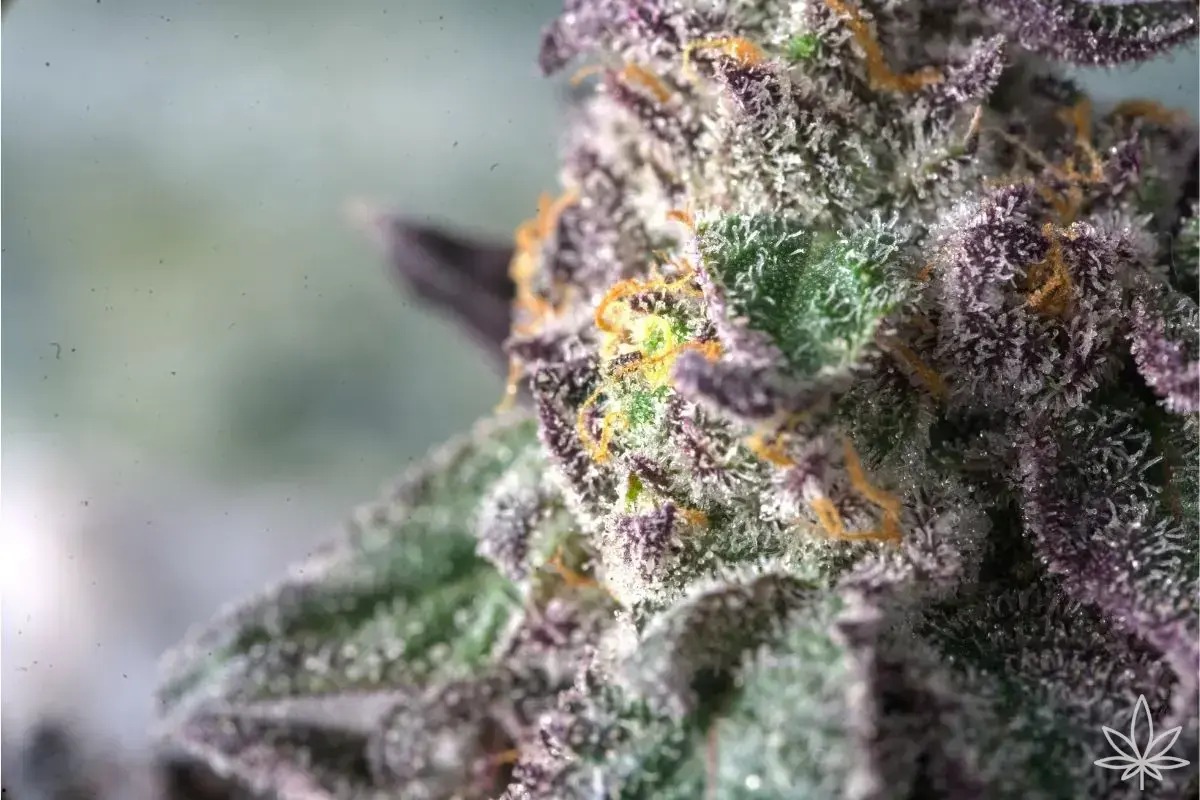Purple Maroc is a classic under open skies: a line selected for outdoor conditions, with a clear tendency to go purple and a stable, repeatable character. It’s a plant you can recognize from a distance in the garden: color, aroma, and a uniform look across individuals.
What it looks like — in short
- Habit: medium height, flexible frame, buds compact and well-weighted.
- Color: from olive green to deep purples; anthocyanins express more with cooler nights and shorter days.
- Calyxes & trichomes: even, glassy frost; calyx > leaf.
- Pistils: creamy → honey–rust; they contrast nicely with the purple once cured.
Note: purple doesn’t automatically mean “stronger.” It’s a visual trait and a phenotypic cue, not a measure of intensity.
Aroma & flavor — what you actually perceive
- Front:berry, grape peel, sweet–tart tone (ocimene/myrcene, linalool).
- Middle:floral–incense with a touch of resinous wood (pinene, humulene).
- Background:hashy–earthy accent with a peppery shadow (β-caryophyllene).
On the palate: fruity–dry, clean finish with a gentle grape-skin sweetness.
Impressions (sensory)
Most describe it as clear in the head (mood, light energy) with soft body relaxation and no heavy anchor. A daytime, walk-friendly profile. Sensory language—individual reactions vary.
Phenotypes — common lanes
- Purple Berry: darkest coloration, berry/grape forward, clean finish.
- Floral–Incense: more flower and incense, less dessert sweetness; elegant, “drier” nose.
- Green Maroc: less purple, earth–wood–hash, a bit more austere.
Quick “terpene map”
Common leaders: ocimene/myrcene (fruit/tropic), linalool (floral), pinene (conifer “air”), β-caryophyllene (pepper balance), humulene (hoppy–woody shade). Together they explain berry–grape–floral–forest–hash.
Spotting a good batch
- Nose after grinding: fruit and flower jump out; no raw, green harshness.
- Frost: dense and even—no dull islands.
- Structure:calyx dominates leaf; bud compact but not rock-hard.
- Color: purple deep yet natural (not “greyish”); green still visible in veins/undersides.
Small “botanical” note
- Stability: Purple Maroc shows even phenotypes—similar architecture and aroma within a lot.
- Color: anthocyanins intensify with day/night temperature swings and a shortening photoperiod.
- Outdoor character: valued for field toughness—aesthetics, aroma, and visual consistency under open sky.
Who is Purple Maroc for?
For those seeking a reliable outdoor cultivar with striking purple, stable genetics, and a clean, fruit–floral bouquet. For collectors who value repeatability and material that looks as good in macro as it smells.
